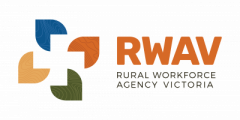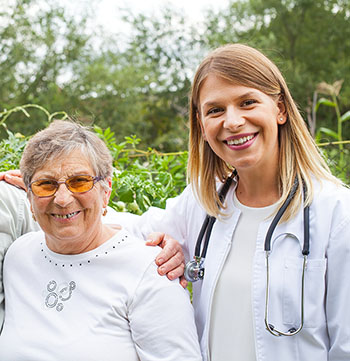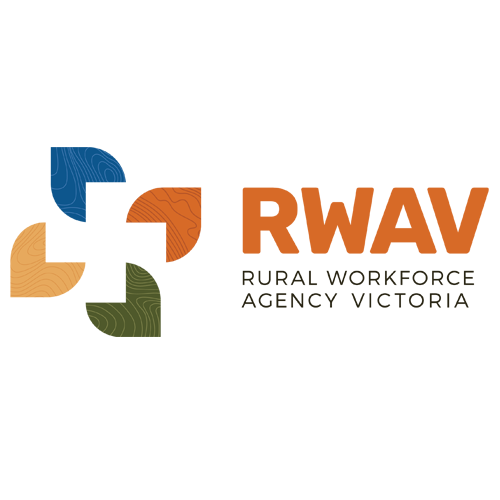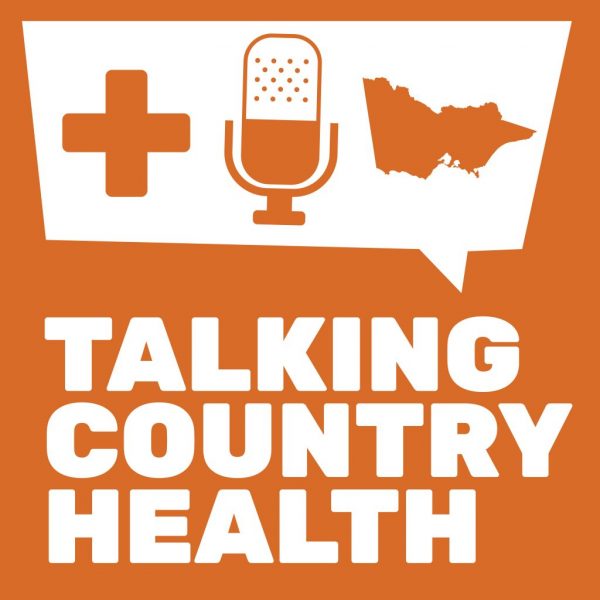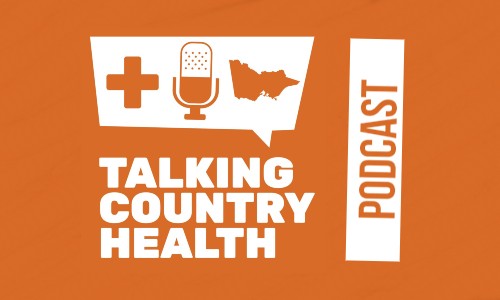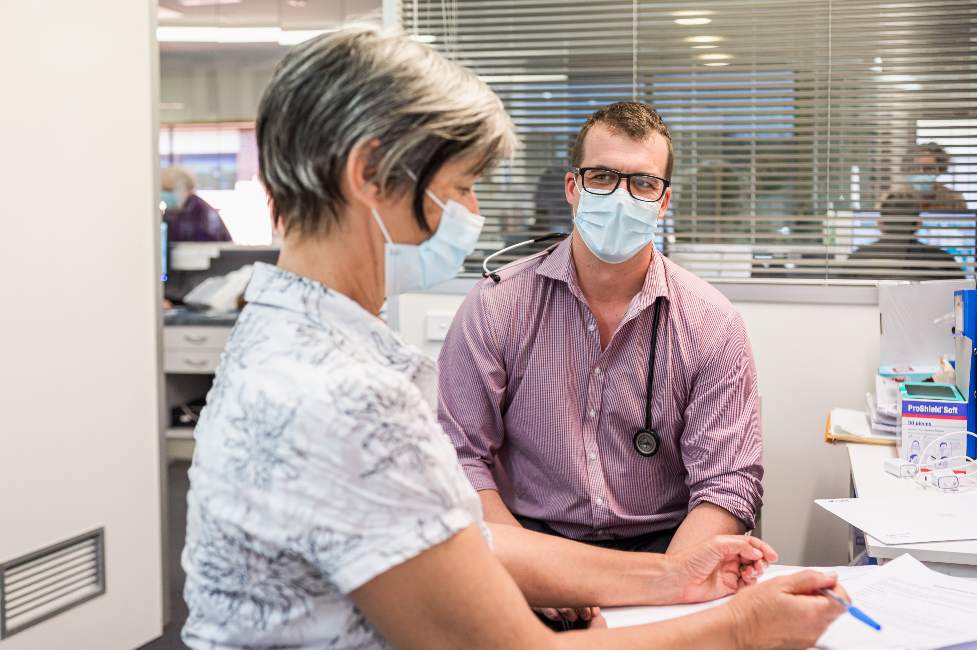RWAV are the fund holders for seven Commonwealth Government funded outreach programs.
These programs provide more than 400 outreach services to rural, regional and Aboriginal and Torres Strait Islander Communities across Victoria.
The programs include:
- Rural Health Outreach Fund
- Medical Outreach Indigenous Chronic Disease Program
- Healthy Ears Better Listening Better Hearing Program
- Visiting Optometrists Scheme
- Eye and Ear Surgical Support
- Coordination of Indigenous Eye Health
- Ear Health Coordination
The programs aim to increase access to maternal and paediatric, mental health, chronic disease management and ear and eye health care for communities in rural and regional Victoria.
The majority of these programs provide funding to cover out of pocket expenses to support health professionals relating to the travel and associated costs of providing these vital health care services. With the Indigenous Eye and Ear Surgical Support Service extending funding to the patients and carers.
Submit An Expression Of Interest
If you are a health professional who is interested in providing an outreach service in Victoria please submit your expression of interest here.
If you are already a service provider and need to request additional visits, please complete the form here.
For more information on the Outreach programs, or if you require any assistance, please get in touch with us now or phone (03) 9349 7800 (Option 2).
Rural Health Outreach Fund (RHOF)
The RHOF focuses on improving health outcomes for people living in rural and regional Victoria.
The scheme provides a flexible funding pool to support health professionals to deliver healthcare services in outreach locations by providing funding support to cover the costs of travel, accommodation, meals and other associated expenditure. Outreach funds cannot cover the costs of a salary – Medicare billing should be claimed where possible.
The priorities include maternal and paediatric, mental health, chronic disease management and eye care for these communities.
The objectives of the fund are to:
- Provide both public and private outreach health services that address prioritised community needs.
- Broaden the range and choice of health services available in regional, rural and remote locations.
- Remove the financial disincentives that create barriers to service provision
Rural Health Outreach Fund Service Delivery Standards
Rural Health Outreach Fund Service Needs Assessment Report – July 2024
Medical Outreach Indigenous Chronic Disease Program (MOICDP)
The aim of Medical Outreach Indigenous Chronic Disease Program (MOICDP) is to increase access to a range of health services, including expanded primary health care services for Aboriginal and Torres Strait Islander communities in the treatment and management of chronic diseases.
A chronic disease is defined as a condition that has been (or likely to be) present for six months or more.
The priorities are the treatment and management of chronic diseases such as diabetes, cardiovascular disease, respiratory disease, renal disease and cancer.
Outreach Service Delivery Standards
Medical Outreach Indigenous Chronic Disease Program Needs Assessment Report – July 2024
Healthy Ears, Better Hearing Better Listening (HEBHBL)
The aim of the Healthy Ears – Better Hearing, Better Listening (HEBHBL) program is to increase access to a range of health services including expanded primary health for Indigenous children and youth (0 – 21 years) for the diagnosis, treatment and management of ear and hearing health. Services supported through HEBHBL are delivered in MMM 2 – 7 locations.
RWAV are currently working with the Victorian Aboriginal Community Controlled Health Organisation (VACCHO) to pilot an ENT telehealth model in two locations to increase access to bulk-billing ENT services and better support surgical referral pathways.
Outreach Service Delivery Standards
Healthy Ears – Better Hearing, Better Listening Needs Assessment Report – July 2024
Visiting Optometrists Scheme (VOS)
The Outreach Visiting Optometrists Scheme provides access to eye services for people living in rural and regional locations. The scheme also aims to improve collaboration and communication between the eye health services and the visiting optometrists which will increase the quality of ongoing patient care.
Funding is available for a range of expenses incurred by optometrists providing the services including travel, accommodation, meals, facility fees and administrative support at the outreach location.
Outreach Service Delivery Standards
Visiting Optometrists Scheme Needs Assessment Report – July 2024
Eye And Ear Surgical Support (EESS)
The Eye and Ear Surgical Support (EESS) program is currently closed to private surgery applications until further notice. If you would like to enquire regarding public surgery, please contact VicOutreach@rwav.com.au.
The Eye and Ear Surgical Support (EESS) program aims to reduce instances of avoidable blindness and deafness in Aboriginal and Torres Strait Islander populations by improving access to eye surgery (largely cataracts) and/or ear surgery for conditions resulting from Otitis Media.
Aboriginal and Torres Strait Islander people have higher incidences of eye and ear disease and can impacts on their health, social interactions, connection to country, culture, and spirituality as well as the quality of life outcomes. The EESS forms part of the Closing the Gap – Improving Eye and Ear Health Services for Indigenous Australians.
The EESS assists in breaking down barriers to accessing consultations and surgery by:
- removing financial barriers for clients and their carers by covering the costs of accessing consultations and surgery. This includes transport to and from appointments as well as meals and accommodation if required.
- providing care coordination for clients to ensure they can attend their appointments and or surgery.
- removing financial disincentives experienced by health professionals when delivering outreach services, and covering the costs such as travel, meals and accommodation.
- in the case of ear surgery, making funds available to support surgical services for clients with acute or chronic otitis media and its direct outcomes.
Outreach Service Delivery Standards
Indigenous Eye Health Coordination
The aims of the Indigenous Eye Health Coordination project are to improve access to eye health care for Aboriginal and Torres Strait Islander clients across the full spectrum of eye care. This includes ensuring integration of services from referral, initial consultations, treatment and return to the community.
This is a component of the Closing the Gap – Improving Eye and Ear Health Services for Indigenous people.
Medical Outreach Indigenous Chronic Disease Program Assessment Report – July 2024
Ear Health Coordination
The aim of the Ear Health Coordination program is to enhance the monitoring and treatment of ear and hearing health in primary care. It has a particular focus on supporting access to quality and culturally safe ear and hearing health services for Aboriginal and Torres Strait Islander children and youth.
The program objective is to improve ear and hearing health for Aboriginal and Torres Strait Islander people by embedding regular, best practice surveillance and treatment (including referral for follow-up treatment) as part of the usual practice in primary health care clinics.
